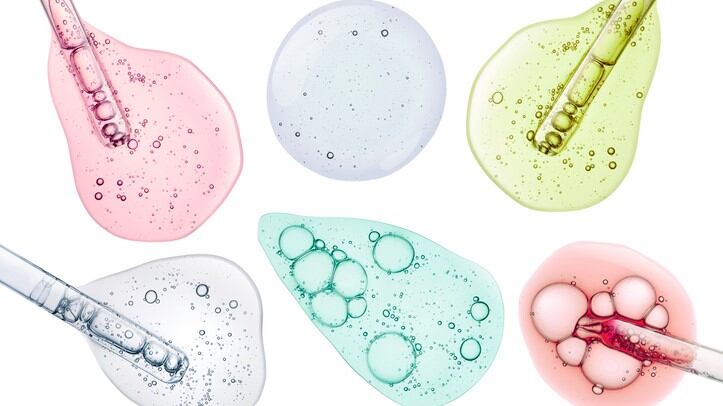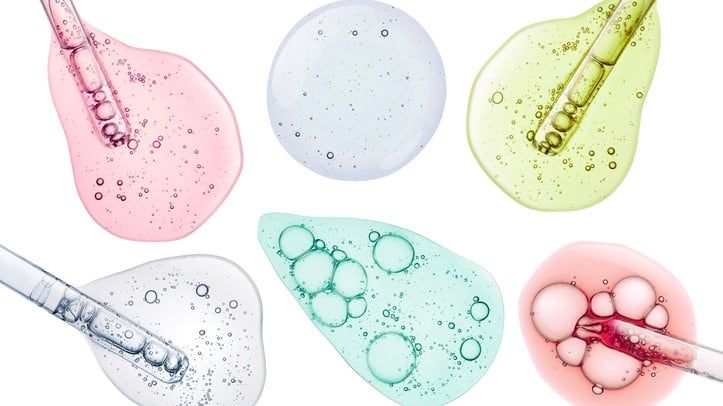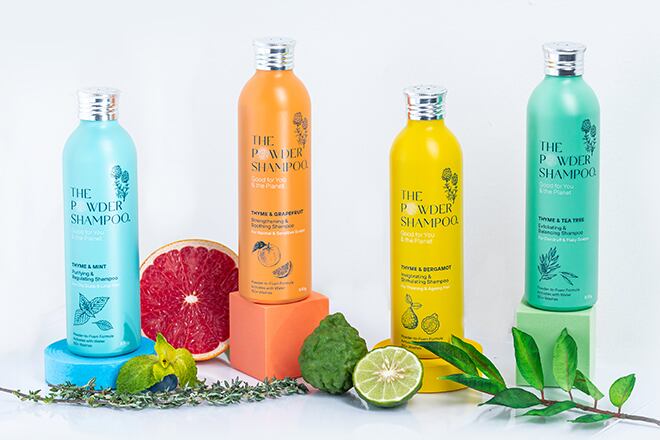1 – A good alternate? Aussie firm eyeing opportunities for Indian sandalwood as a CBD alternative following China ban
Australian sandalwood supplier Quintis is eyeing new opportunities in China’s cosmetic space after a new scientific review revealed Indian sandalwood oil has more scientifically proven benefits than CBD oil.
Quintis Sandalwood is a supplier of Indian and Australian sandalwood raw materials, including oil, powder, logs and chips for multiple industries for use in fragrance, cosmetics, as well as incense and religious carvings.
Previously, the company told CosmeticsDesign-Asia that it has been placing more emphasis on the cosmetics side of the business, believing it could tap into the demand for natural products in the market.
Now, Quintis is looking to target the Chinese market on the back of a new review revealing that Indian sandalwood oil, or Santalum album, has more substantiated benefits than cannabidiol (CBD).
2 – Herbal help: Himalaya’s neem face wash clinically shown to reduce acne after four weeks while maintaining hydration
A herbal face wash manufactured by India-based Himalaya Drug Company has been clinically studied to prevent and reduce mild-to-moderate acne after four weeks of daily use.
The test item is Himalaya's purifying neem face wash, a soap-free, pH-balanced formulation containing neem and turmeric marketed to prevent or reduce acne.
In this study, the face wash was also shown to reduce sebum levels and maintain adequate hydration.
The characteristics of acne are non-inflammatory lesions such as blackheads and whiteheads, and inflammatory lesions such as cysts.
3 – Just peachy: Amorepacific files patent on sebum inhibiting peach sprout and peony extract
Korean cosmetic company Amorepacific has developed an active ingredient with extracts from peach sprouts and peonies, which it claims is effective in inhibiting and regulating the secretion of sebum on the skin.
By improving the excessive secretion of sebum, the formula can help improve skin problems such as acne or seborrheic dermatitis.
The overproduction of sebum can also lead to denaturation and reduction of collagen fibres and elastic fibres supporting the pore walls. This would reduce skin elasticity, and result in the enlargement of pores.
The existing sebum reducing products in the market are lacking in terms of efficacy, said Amorepacific in the patent. For instance, products that utilise a porous powder that only temporarily absorbs sebum and provide an “insignificant” effect.
4 – Tissue engineering can help test on dark skin types in lab: Study
Observations indicate that different skin ethnicities experience ageing differently, and using tissue engineering a French research team set out to show the value of vitro studies in research on dark skin types.
The paper, written by Capallere et al and published in MDPI’s Cosmetics Journal, tested for clinically known diseases and aging responses of dark skin types, including acne, hyperpigmentation and dryness, with reconstructed pigmented epidermis. Specifically, the study focused on V and VI phototypes in the Fitzgerald classification, defined as brown skin and dark brown or black skin, respectively.
“Interestingly, skin tone classification allows one to determine potential skin disorders that may arise with age,” the paper said. “Skin disorders commonly reported in dark skins—such as inflammation, post-inflammatory hyperpigmentation, and dryness—were studied with the support of tissue engineering and, more precisely, the reconstruction of epidermis including melanocytes to mimic different skin tones.”
5 – Beer by-product possible source of cosmetic antioxidant ingredients: study
In the name of sustainability, craft beer brewing by-products could have a second life as antioxidants in cosmetics products.
The Italian research team, Censi et al, set out to determine the phenol level and antioxidant activity of the by-product of multiple types of craft beer and evaluated the impacts of beer-waste extracts on human keratinocytes to demonstrate what uses they could have in cosmetics.
As craft beers have risen in popularity in the US and Europe, the research team said the unpasteurized and non-filtered nature of the product presents a unique opportunity to derive personal care ingredients.
“Thus, the evaluation of antioxidants in the waste products from beer production may be of great importance if one considers the rapid growth of the craft beer market worldwide,” the paper said. “The exploitation of brewery by-products to develop health products such as cosmetics and/or supplements would help increase the sustainability of beer production.”





